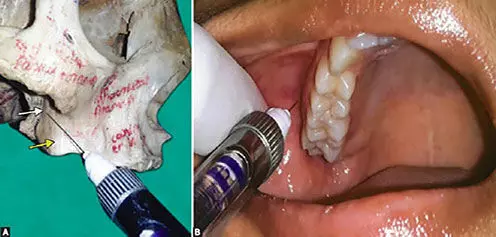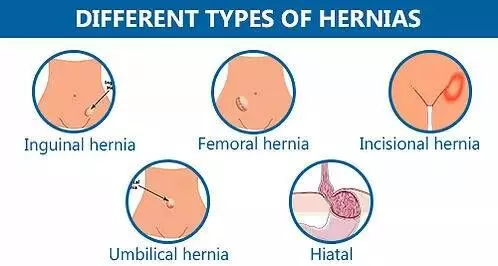Menopause Age Key to Unlocking Type 2 Diabetes Risk, suggests study

Recent research indicates a potential association between age at menopause and the incidence of type 2 diabetes (T2D), yet comprehensive evidence remains limited, especially among Asian populations. A cohort study involving over 1.1 million postmenopausal Korean women aimed to clarify whether age at menopause and instances of premature menopause are linked to the onset of T2D.
Significance of Type 2 Diabetes
Type 2 diabetes represents a chronic health issue significantly contributing to cardiovascular diseases, microvascular complications, and elevated mortality rates. Despite advances in medical treatments, T2D prevalence continues to rise, emphasizing the need for effective preventative measures and the identification of at-risk populations. While men are generally at a higher risk at younger ages, the risk for women escalates post-menopause. Female-specific risk factors and their implications on health, particularly links to cardiovascular disease and T2D, are under-explored.
Data Collection Methodology
The study utilized data from the Korean National Health Insurance Service, which covers nearly the entire South Korean population, providing robust health examination records including self-reported data and clinical health assessments. A total of 3,181,150 women aged 30 and above were initially screened, with exclusions for pre-existing T2D, premenopausal status, and data inconsistencies, resulting in a final cohort of 1,125,378 participants. Age at menopause was self-reported, categorized into four groups: <40 years, 40-44 years, 45-49 years, and ≥50 years, with premature menopause defined as menopause before age 40. Identified T2D cases were defined as fasting blood glucose levels of 126 mg/dL or higher or records of antidiabetic medication claims.
Follow-Up Results
Throughout a median follow-up of 8.4 years, 113,864 new T2D cases emerged, indicating a cumulative incidence of approximately 10.1%. The results indicated that women with premature menopause had a higher incidence of T2D compared to their peers, with a hazard ratio (HR) of 1.13 after accounting for various confounders. Women experiencing menopause at an earlier age (particularly <40 years) faced a significantly increased risk for developing T2D, corresponding with the hypothesis that lower estrogen levels, due to shorter exposure periods, may contribute significantly to insulin resistance and metabolic dysregulation.
Subgroup Analysis Insights
Subgroup analyses revealed nuances in the relationship, with factors like body mass index (BMI) and depressive disorders influencing the risk association. Notably, the risk was exacerbated among individuals without obesity and those struggling with depressive disorders, suggesting a potential interaction between mental health and metabolic outcomes.
Implications of Findings
The findings support the hypothesis that both premature and early menopause can act as significant risk factors for the development of T2D. Given these associations, there is a strong argument for including menopause history in T2D screening protocols. Recommendations suggest recognizing premature menopause as a noteworthy risk factor within diabetes management guidelines, emphasizing preventive care strategies and early detection initiatives.
Conclusions and Future Directions
Overall, the study elucidates important links between menopausal age and T2D incidence, advocating for greater awareness and proactive measures in managing women’s health, particularly concerning metabolic disorders in postmenopausal populations. Further research is essential to explore these relationships across diverse demographic groups and establish effective interventions to mitigate T2D risk.
Key Points
– A cohort study involving over 1.1 million postmenopausal Korean women was conducted to investigate the association between age at menopause, instances of premature menopause, and the incidence of type 2 diabetes (T2D), particularly as evidence is lacking in Asian populations.
– Type 2 diabetes is a chronic health concern linked to cardiovascular diseases and increased mortality rates, with rising prevalence emphasizing the necessity for effective preventive strategies. The risk for women increases significantly post-menopause, making female-specific health factors critical for understanding T2D risk.
– The study analyzed comprehensive health data from the Korean National Health Insurance Service, screening 3,181,150 women aged 30 and above and narrowing the final cohort to 1,125,378. Age at menopause was categorized, and T2D was defined through specific blood glucose levels and medication records.
– Over a median follow-up of 8.4 years, 113,864 new T2D cases emerged, indicating a cumulative incidence of approximately 10.1%. Women experiencing premature menopause exhibited a higher incidence of T2D (hazard ratio of 1.13), particularly those with menopause before age 40, indicating potential metabolic dysregulation linked to lower estrogen levels.
– Subgroup analyses indicated that body mass index (BMI) and depressive disorders significantly influenced the risk association. Increased T2D risk was noted in individuals without obesity and those with depressive issues, suggesting a complex interplay between mental health and metabolic conditions.
– The study underscores the necessity of incorporating menopause history into T2D screening protocols, advocating for recognizing premature menopause as a critical risk factor in diabetes management. Recommendations emphasize the importance of preventive strategies and early detection among postmenopausal women to mitigate T2D risk.
Reference –
B. Ko et al. (2025). Age At Menopause And Development Of Type 2 Diabetes In Korea. *JAMA Network Open*, 8. https://doi.org/10.1001/jamanetworkopen.2024.55388.
Powered by WPeMatico









